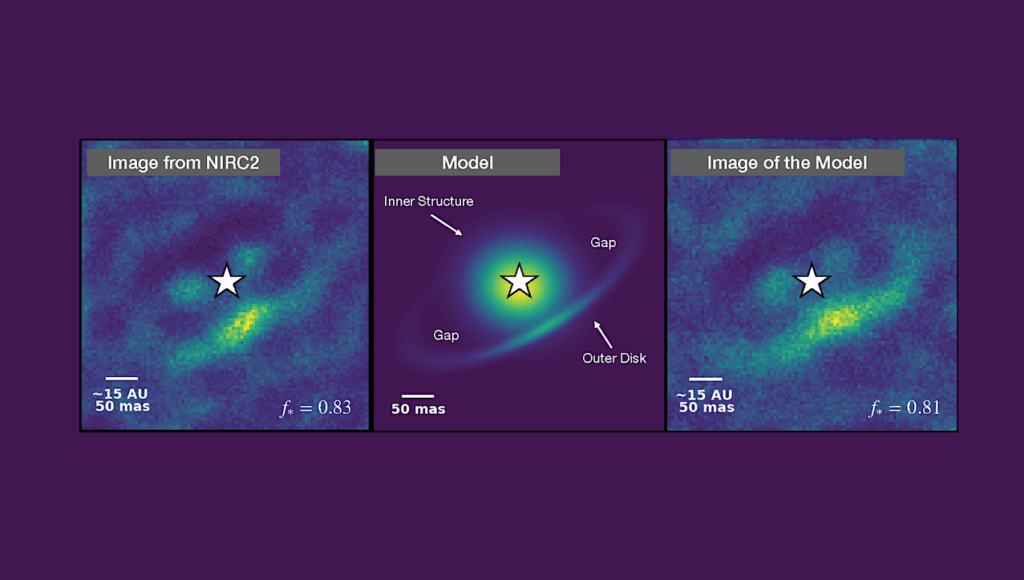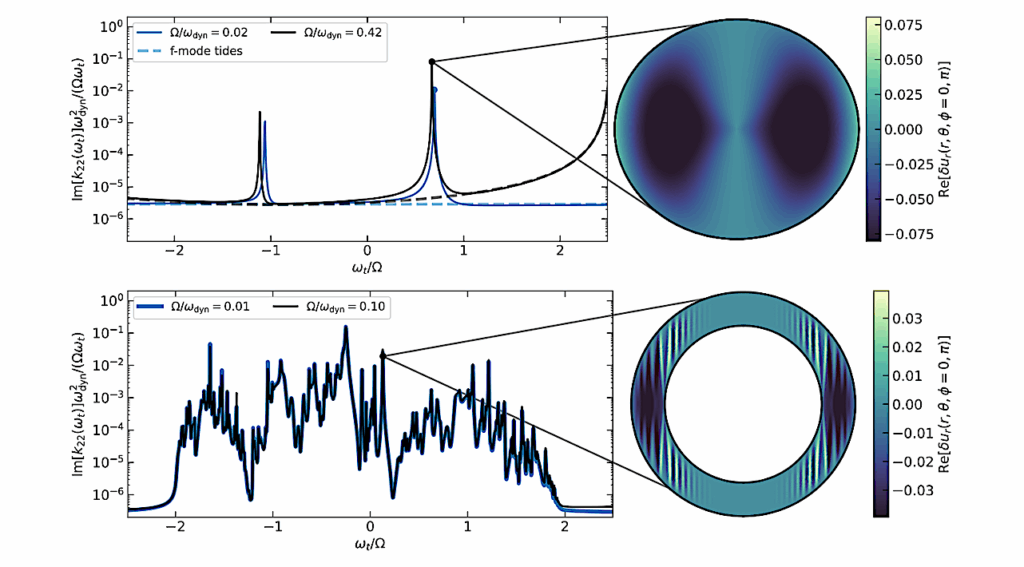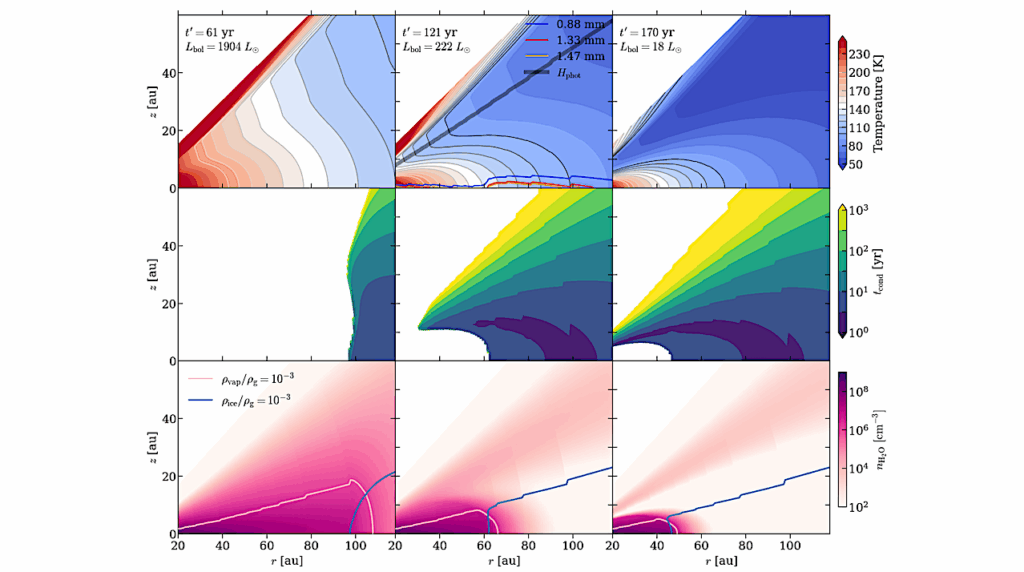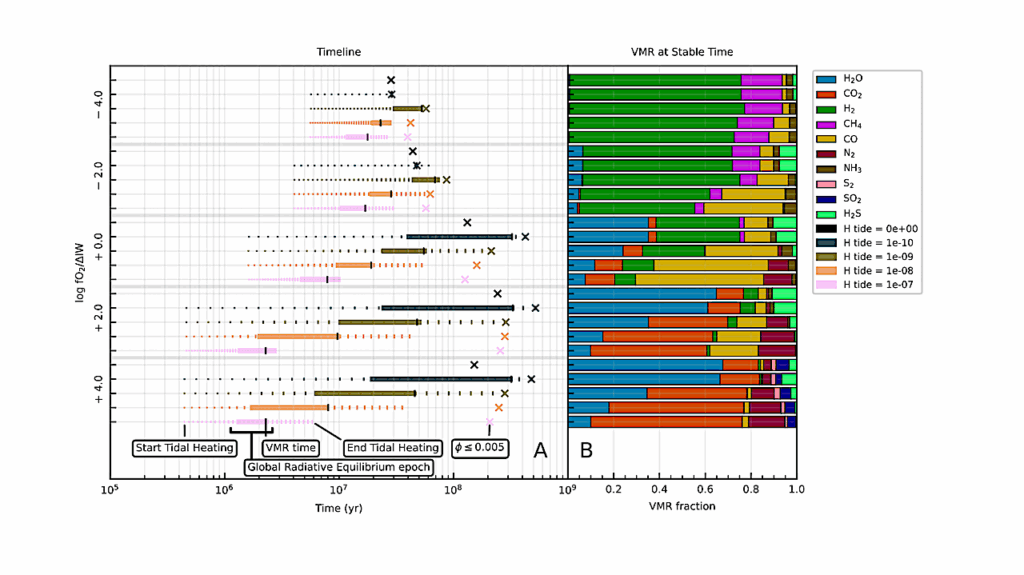A Surface Hydrothermal Source of Nitriles and Isonitriles

Giant impacts can generate transient hydrogen-rich atmospheres, reducing atmospheric carbon. The reduced carbon will form hazes that rain out onto the surface and can become incorporated into the crust. Once heated, a large fraction of the carbon would be converted into graphite.
The result is that local regions of the Hadean crust were plausibly saturated with graphite. We explore the consequences of such a crust for a prebiotic surface hydrothermal vent scenario. We model a surface vent fed by nitrogen-rich volcanic gas from high-temperature magmas passing through graphite-saturated crust.
We consider this occurring at pressures of 1-1000 bar and temperatures of 1500-1700 degC. The equilibrium with graphite purifies the left-over gas, resulting in substantial quantities of nitriles (0.1% HCN and 1 ppm HC3N) and isonitriles (0.01% HNC) relevant for prebiotic chemistry.
We use these results to predict gas-phase concentrations of methyl isonitrile of ~ 1 ppm. Methyl isocyanide can participate in the non-enzymatic activation and ligation of the monomeric building blocks of life, and surface, or shallow, hydrothermal environments provide its only known equilibrium geochemical source.
Oliver Shorttle, Paul B. Rimmer
Comments: 26 pages, 17 figures, 2 tables. Submitted to Life (MDPI Journal) after one round of reviews. We welcome comments from the community at this stage, while the paper is still under consideration
Subjects: Earth and Planetary Astrophysics (astro-ph.EP)
Cite as: arXiv:2403.15135 [astro-ph.EP] (or arXiv:2403.15135v1 [astro-ph.EP] for this version)
Submission history
From: Paul B. Rimmer
[v1] Fri, 22 Mar 2024 11:39:06 UTC (1,323 KB)
https://arxiv.org/abs/2403.15135
Astrobiology, Astrochemistry,








